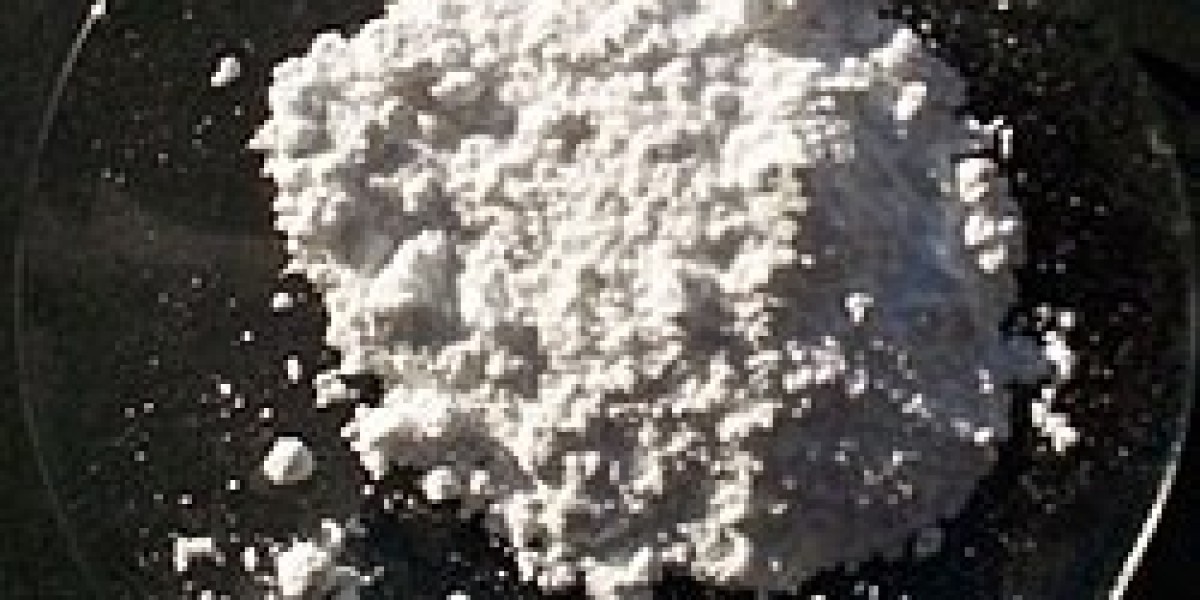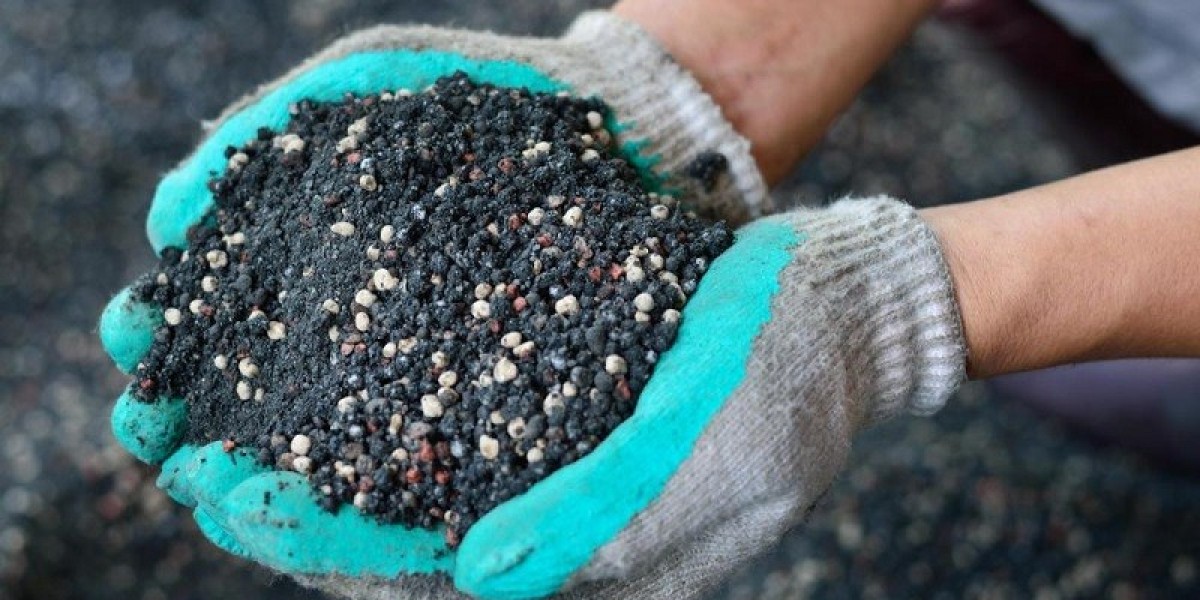In the vast world of natural minerals, few are as essential, versatile, and widely used as Calcium Carbonate. Found in rocks, shells, pearls, and even the human body, this naturally occurring compound plays an integral role in a range of industries and processes that affect everything from the buildings we live in to the food we eat.
At its core, Calcium Carbonate is a chemical compound with the formula CaCO₃. It is a white, odorless substance that occurs in three primary forms in nature: limestone, chalk, and marble. All three are composed largely of Calcium Carbonate, but they differ in how they are formed and used. Limestone is a sedimentary rock formed from the skeletal fragments of marine organisms, while marble is its metamorphic cousin, created under heat and pressure. Chalk, on the other hand, is a soft, porous form typically formed from the compacted remains of tiny marine plankton.
One of the most remarkable qualities of Calcium Carbonate is its sheer abundance and accessibility. It is among the most common minerals on Earth, and its availability has made it a staple in human development for thousands of years. The ancient Egyptians used limestone blocks, rich in Calcium Carbonate, to build the pyramids. Fast forward to the modern world, and the same compound is found in cement, paper, plastics, paint, and even toothpaste.
Industrial Applications
Perhaps the most widespread industrial use of Calcium Carbonate is in construction. As a primary ingredient in cement and concrete, it provides the base structure for buildings, roads, and bridges. Crushed limestone is often used as a foundation material for roads and as an aggregate in concrete mixes. The durability, affordability, and availability of Calcium Carbonate make it a go-to material in construction and infrastructure projects worldwide.
In the paper industry, Calcium Carbonate serves as both a filler and a coating pigment. It helps improve the brightness, opacity, and smoothness of paper while also making the production process more cost-effective. Similarly, in the plastics and paint industries, it is used to enhance product strength, reduce production costs, and improve surface finish.
One might be surprised to learn that Calcium Carbonate also plays a significant role in the food and pharmaceutical industries. In its purified form, it is used as a food additive (E170), often as a calcium supplement or an antacid. Chewable tablets for heartburn relief commonly contain Calcium Carbonate due to its ability to neutralize stomach acid quickly. In supplements, it provides a cost-effective source of dietary calcium, especially for individuals at risk of bone-related health issues like osteoporosis.
Environmental Importance
Beyond its industrial uses, Calcium Carbonate is critical to natural ecosystems and environmental processes. It is a key component in the shells and skeletons of many marine organisms, including corals, mollusks, and some plankton. These organisms rely on Calcium Carbonate to build their protective exteriors, contributing to the formation of coral reefs and marine biodiversity hotspots.
However, this reliance also highlights a growing concern: ocean acidification. As carbon dioxide levels rise in the atmosphere, more CO₂ dissolves in oceans, forming carbonic acid. This acid lowers the pH of seawater and reacts with existing Calcium Carbonate, making it more difficult for marine life to produce and maintain their shells. This disruption has serious implications for marine ecosystems and food chains, particularly in areas where ocean acidity is rapidly increasing.
In agriculture, Calcium Carbonate is used to improve soil quality. Known as agricultural lime, it is spread over acidic soils to neutralize pH levels and enhance fertility. By improving soil structure and nutrient availability, it supports healthier crops and increased yields. This application is particularly important in regions where intensive farming has degraded soil conditions.
Household and Everyday Uses
Even outside the lab and factory, Calcium Carbonate is part of our daily routines in ways most of us never notice. It’s in the toothpaste that strengthens our enamel, the baking powder that helps our cakes rise, and the tiles beneath our feet. Its non-toxic nature and broad compatibility make it suitable for countless everyday applications.
Artists have also long used forms of Calcium Carbonate. Chalk has been a favorite medium in classical drawing for centuries, and marble has been the material of choice for iconic sculptures from Michelangelo to modern-day artisans. The aesthetic and practical properties of Calcium Carbonate have helped shape both our built environment and cultural heritage.
The Future of Calcium Carbonate
Looking ahead, Calcium Carbonate continues to show promise in green technologies and sustainability efforts. It is being explored for use in carbon capture and storage systems due to its ability to chemically bind with CO₂. Researchers are also studying its potential role in biodegradable plastics, environmentally friendly packaging, and even next-generation battery technologies.
While it’s easy to take Calcium Carbonate for granted, a closer look reveals just how essential it is across every aspect of modern life. From ancient monuments to modern medicine, from ocean floors to high-rise buildings, this humble mineral plays a starring role in human progress and the natural world alike.








